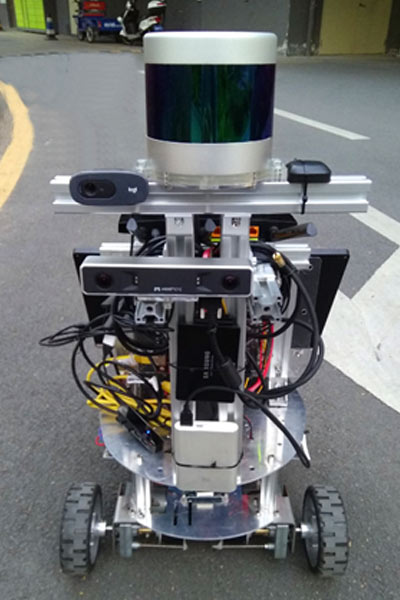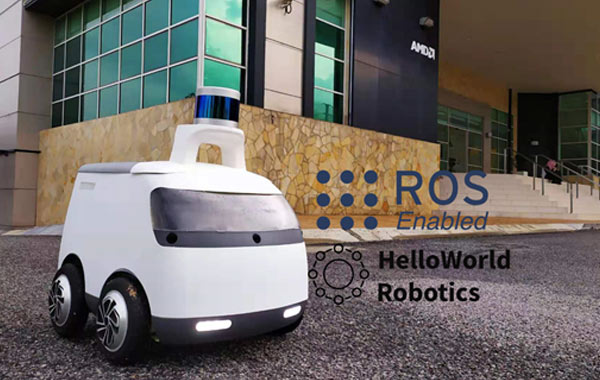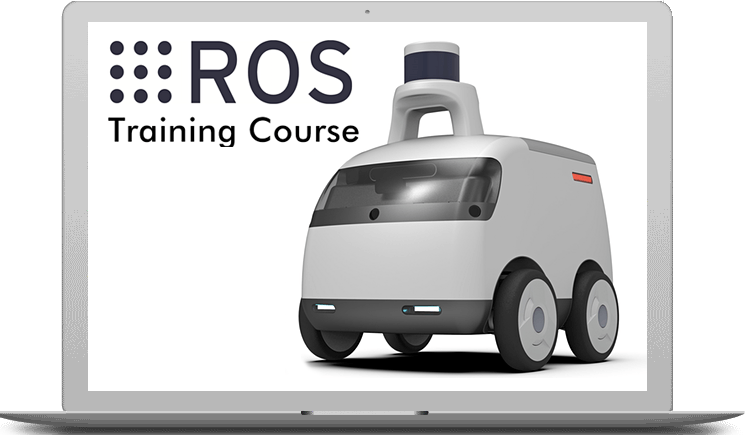What is
ROS and Why ROS?
One of the difficulties with robotics is that it usually requires intricate knowledge of hardware level details in order to even begin developing robotic systems. Whether it's communicating with motor controllers, utilizing servos, interfacing with sensors or implementing hardware acceleration for improved computing, learning robotics often requires graduate level knowledge of these topics. This means that some robotics topics and capability can be out of reach for most undergraduates, due to its steep learning curve.
Fortunately, ROS has numerous libraries and “how to examples” making it easy for students to learn and exchange examples. When robotics is applied to a problem such as navigating a hallway in order to deliver a soda to someone, or following a known target, these problems are well suited for undergraduates. How the robot’s environment influences its decision-making is a problem that can be researched and tackled by undergraduates. So, it would be beneficial to have a way to work with robots that was within the grasps of undergraduate studies.
Enquire Now

The algorithms and theory surrounding tasks involving in-depth knowledge of the hardware and software systems are all taken care of by ROS. This is the void that ROS fills. ROS simplifies robotics by abstracting away the hardware/software level issues and allows robotic engineers to focus directly on solving problems. ROS does this by utilizing Ubuntu as an operating system and implementing a set of common libraries that allows programmers to easily get robots to communicate with other ROS enabled devices. This simplifies the process for adding functionality to a robot, including its sensory equipment or servo motors.
ROS requires much less knowledge to learn than diving right into hardware level details and therefore, ROS makes the learning curve much more manageable for undergraduate students, researchers and engineers.
For careers, ROS software engineers’ yearly salary range is USD 50000 to USD 120000 based on Glass Door and The Construct current listed jobs.

HelloWorld Robotics ROS Training Course
Our Course Objectives
The course consists of a guided tutorial and exercises with increasing level of difficulty working with an autonomous robot. Also, HelloWorld Robotics will provide ROS enabled robots for attendees to get their hands on real robots.







